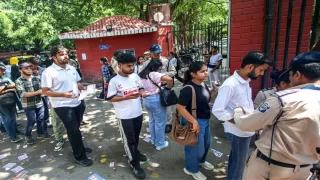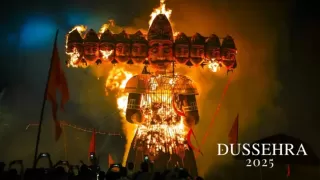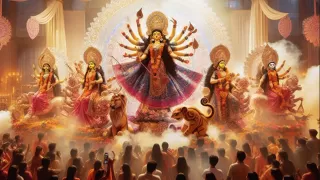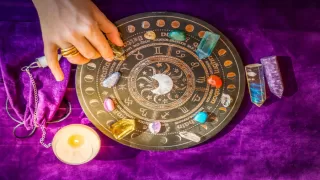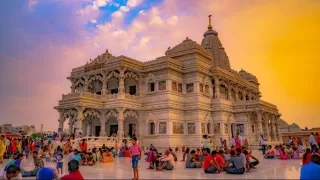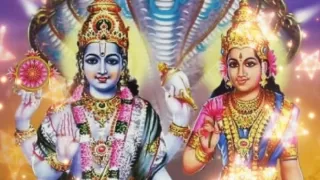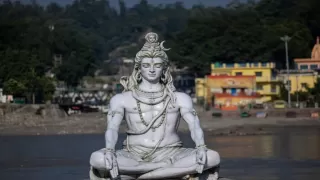Makar Sankranti holds a special place in Sanatan Dharma, symbolizing the transition of the Sun God (Surya) into Capricorn (Makara Rashi). This vibrant festival marks the beginning of longer days and is associated with spiritual purification, prosperity, and gratitude. Devotees across India eagerly await this occasion to perform holy rituals, including bathing in sacred rivers, offering prayers, and engaging in charitable acts.
In 2025, the timing of Makar Sankranti is a subject of keen interest. Let’s explore the exact date, auspicious timing, and detailed method of worship for this revered festival.
Makar Sankranti 2025 Date
According to the Vedic calendar, Makar Sankranti will be observed on 14 January 2025. The festival occurs when the Sun God transitions from Sagittarius (Dhanu Rashi) to Capricorn (Makara Rashi), marking a significant astrological event. On 14 January, the Sun's transit is scheduled for 9:03 am, making it the most auspicious time to begin celebrations.
Timings:
- Punya Kaal (Auspicious Period): 09:03 am to 05:46 pm
- Maha Punya Kaal (Highly Auspicious Period): 09:03 am to 10:48 am
- Exact Time of Sankranti: 09:03 am
During these periods, devotees can engage in various religious activities, including taking a holy dip, performing worship, chanting mantras, meditating, and offering charity. The Maha Punya Kaal is particularly important, as worship and donations made during this time are believed to yield maximum spiritual merit.
Sun Sign Change (Surya Gochar 2025)
Astrologically, Makar Sankranti is observed when the Sun changes its zodiac sign. On 14 January 2025 at 9:03 am, the Sun will leave Sagittarius and enter Capricorn, signifying the end of the winter solstice and the start of longer, warmer days. This transition is symbolic of spiritual enlightenment and new beginnings, making Makar Sankranti an ideal time for devotees to seek blessings and renew their spiritual practices.
Rituals (Makar Sankranti Puja Vidhi)

Image Source: Twitter
To derive maximum blessings on Makar Sankranti, follow these steps for worship:
- Rise Early: Wake up before sunrise and start the day by offering salutations to the Sun God. Clean your house and purify it by sprinkling Gangajal (holy water from the Ganges).
- Holy Bath: If possible, take a bath in a sacred river like the Ganga. If that is not feasible, mix Gangajal in your bathing water and bathe at home.
- Purification: After bathing, sip a small amount of water for self-purification and wear yellow clothes, as the colour yellow is considered auspicious for this festival.
- Offering to Sun God: Offer water (Arghya) to the Sun God by taking sesame seeds (til) in your hands and pouring water while chanting the Surya mantra. Flow the sesame seeds in a flowing river or water body.
- Worship Ritual: Perform Panchopchar Puja of the Sun God, which includes offering flowers, incense, lamps, sandalwood paste, and Naivedya (food offering). Recite Surya Chalisa and chant mantras dedicated to the Sun God.
- Aarti and Donation: Conclude the worship with an Aarti. After the worship, donate food, sesame seeds, blankets, and other essentials to the needy. Charity performed on this day is believed to eliminate past sins and bring prosperity.
- Tarpan and Pinddaan: Devotees can also perform Tarpan (offering water to ancestors) and Pinddaan (offering food to ancestors) to seek their blessings.
Significance of Makar Sankranti
Makar Sankranti marks a spiritual and seasonal milestone. As the Sun enters Capricorn, it signifies the onset of Uttarayan, the six-month-long auspicious period in Hinduism. It is believed that performing good deeds during this period brings enhanced rewards.
In addition to spiritual practices, Makar Sankranti is celebrated with regional variations across India:
- Kite Flying: In Gujarat and Rajasthan, colourful kites fill the sky, symbolizing the spirit of freedom and joy.
- Pongal: In Tamil Nadu, the festival is celebrated as Pongal, where a special dish of sweet rice is prepared and offered to the Sun God.
- Lohri: In Punjab, the evening before Makar Sankranti is celebrated as Lohri, marked by bonfires, singing, and dancing.
- Til-Gur Laddoos: In Maharashtra, people exchange til-gur laddoos and greet each other with the phrase, 'Til gul ghya, god god bola' (Take sesame and jaggery, and speak sweetly).
Makar Sankranti is a festival of great religious and cultural significance. Observing the festival with devotion, engaging in charitable acts, and adhering to the prescribed rituals can bring prosperity, health, and spiritual growth. Make sure to follow the correct timings and methods to derive maximum benefit from this auspicious occasion.
Prepare yourself for Makar Sankranti 2025 by noting down the date and auspicious time—14 January 2025 at 9:03 am—and get ready to welcome new beginnings with gratitude and devotion. May the blessings of the Sun God illuminate your life with health, happiness, and success!
Also Read: Mahakumbh 2025: After how many years the Kumbh Mela is held in Haridwar?
















